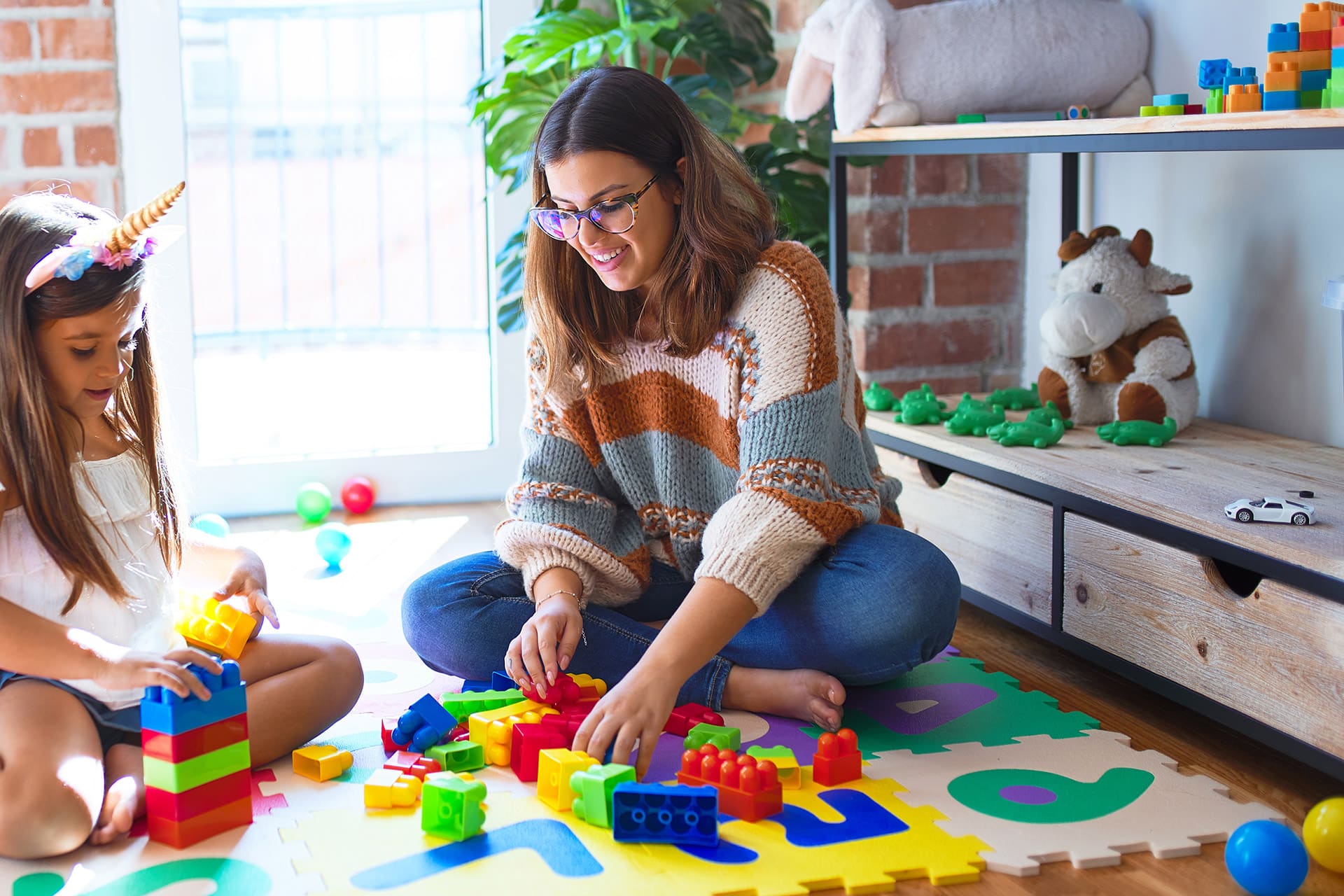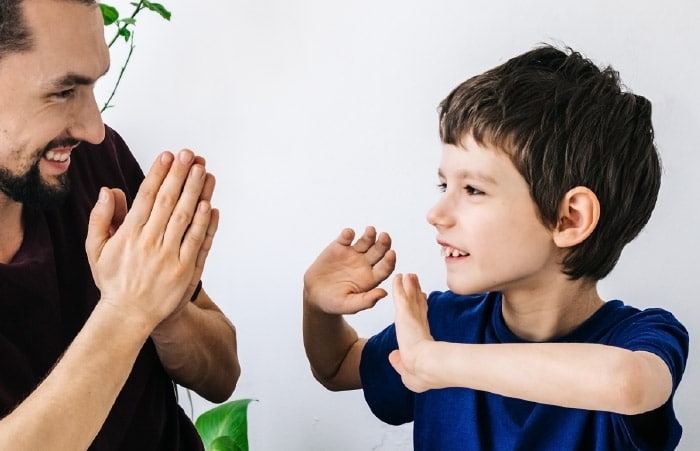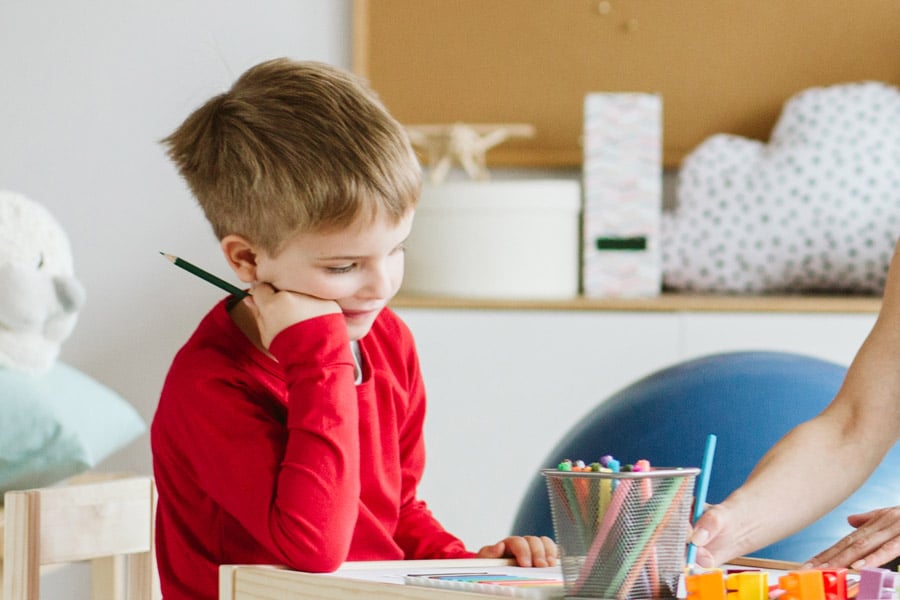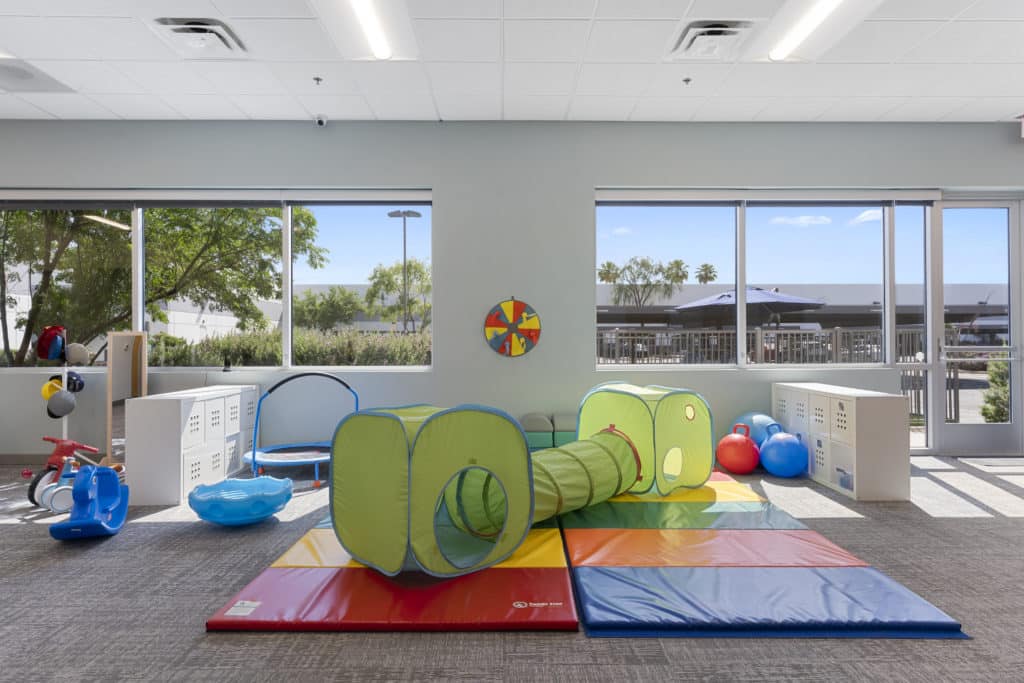
ABA Therapy
Applied Behavior Analysis Therapy Treatment Services
Prospective Client Information Form
"*" indicates required fields
Our Approach to ABA Therapy Treatment
Every child is unique. Their treatment should be too. We believe in a blended approach of ABA methodologies, which allows us to utilize the most effective approach based on each child’s learning style and needs. PRT and DTT are both beneficial teaching methodologies with useful applications. Every behavior technician at Ally Pediatric Therapy will achieve and maintain proficiency in both methodologies, allowing the technician to use the approach best suited to the skills being taught and the motivation of the child. If you would like to know more about Applied Behavior Analysis Therapy, read our guide here.
About ABA Therapy
Applied Behavior Analysis (ABA) is a systematic process based on principles of learning theory and is used to make meaningful changes to behavior. ABA is considered best practice for the treatment of autism and serves as a foundation for all the services provided by Ally Pediatric Therapy. Many facets of your child’s behavior can be improved, including but not limited to: Challenging Behaviors, Language, Speech, Communication, Play Skills, Self-help Skills, Feeding Skills.
While ABA is commonly associated with autism therapy, its applications are much broader. ABA is also used successfully with other childhood diagnoses as well as typically developing children and adults. Research has shown that broadening the scope of ABA beyond the diagnosis of autism spectrum disorder increases collaboration with other professionals and yields positive results (Matson & Nebel-Schwalm, 2007; Ross, 2007). The objective of each ABA session is to work towards mastery of each objective listed on the individualized treatment plan. ABA sessions can include a variety of teaching methodologies including, but not limited to, Pivotal Response Training (PRT), Discrete Trial Teaching (DTT), Natural Environment Teaching (NET), behavior management, crisis intervention, etc. These teaching methodologies allow information to be presented in a systematic manner, providing more opportunities for your child to learn skills.
ABA applies decades of research in the field of behavior analysis to help children develop communication and social skills. It is based on the principles of learning theory and is used to increase functional skills and reduce challenging behaviors. ABA demonstrates positive behavior changes and helps to decrease skill difficulties for children with a variety of childhood disorders and is considered best practice to treat the symptoms of autism spectrum disorder. ABA is the foundation for all services provided at Ally Pediatric Therapy. Be sure to read our ABA therapy guide here.
Our Treatment
Our Assessment Tools:
- The Verbal Behavior Milestones Assessment and Placement Program (VB-MAPP)
- Assessment of Basic Language and Learning Skills (ABLLS)
- Assessment of Basic Language and Learning Skills-Revised (ABLLS-R) and/or Assessment of Functional Living Skills (AFLS)
- Vineland, SSIS, FBA, and FAs as appropriate.
- The PEAK Relational Training System
An Illustrative
Day in Our Center

Johnny arrives for his first session and is greeted in the lobby by Sue, his first behavior technician. Johnny loves playing with trains, so Sue takes Johnny to the training room to start the day. Johnny has difficulty sharing toys with his siblings, so Sue works on the goals that are written into Johnny’s Individualized Treatment Plan (ITP) to help reduce the challenging behaviors he demonstrates while sharing toys.

Teaching Johnny how to dress and better accept the feel of certain types of clothing was a major concern of his parents when beginning treatment. Zach works with Johnny on dressing goals that are written into his care plan. Zach then walks him to the speech office for his speech and feeding session with Melissa, his speech-language pathologist (SLP).

Zach updates Melissa on Johnny’s progress from the morning. Johnny has difficulty with stuttering, so Melissa works on goals from Johnny’s Speech-Language Pathology and Feeding Therapy Plan of Care to help with his speech fluency. Melissa takes Johnny back over to the ABA Center for Social Skills Lunch Bunch.

During lunch, Johnny works on social skills with other similarly functioning children his age. This group is run by a behavior technician and a speech-language pathologist assistant.

Cindy meets Johnny in the lunch room to pick him up for his afternoon session. She takes him to the pretend playroom and begins to target his pretend-play goals outlined in his ITP. Cindy follows Johnny’s lead to see what he is interested in today and begins playing “car wash” with him. She sets up goals to increase his play skills with narrative through a script. Scripts are varied depending on what Johnny is interested in for the rest of the session.

Bob, another behavior technician, will step in for Cindy to increase the generalization of the skills Johnny has targeted throughout his day. Johnny’s Mom told Sue this morning that he didn’t get much sleep last night, so Cindy lets Bob know that Johnny was more sluggish than normal towards the end of her session. Bob takes Johnny over to the patio to begin working on some of his daily living skills. They first work on hand washing and head outside. Bob has some activities set up to help Johnny learn how to follow a simple set of instructions to plant in the garden.

Utilizing the safety objective of safely crossing the parking lot written into the ITP, Bob will walk Johnny over to the speech offices for his afternoon care until his Mom arrives for pickup at 5:15 pm.
*Each child is different and each day will look different depending on the individual needs of the child. This example is presented to illustrate what a day could look like.
Benefits of an Integrated Approach
We believe in doing what is best for the child and strive to deliver the highest quality treatment for our clients. Two critical components of high quality treatment are training and communication. To complement a clinician’s area of expertise, every clinician at Ally is taught foundational ABA and Speech principles, enabling each child’s team to communicate effectively. Supervising clinicians meet regularly to ensure appropriate progress is being made toward goals in each child’s treatment plan.
Our ultimate goal is to improve the quality of life for every child we work with. Doing that requires us to work together as a team, and we believe that we’re stronger as an integrated, coordinated group.
Unified
Every employee is trained in ABA and Speech principles, ensuring a comprehensive treatment plan that reflects the unique needs of each child.
Efficient
The collaboration of our staff reinforces what works best for each child across every discipline, maximizing progress and minimizing setbacks.
Effective
Outcomes matter. We work together because collaborating produces the most meaningful learning for the children we support.


Benefits of a Center-Based Therapy Model
- When considering ABA programs for their child, parents face many choices. One important choice is the location and setting for therapy. At Ally Pediatric Therapy, we believe that center-based treatment offers clear and important advantages over in-home treatment for the children we support.
- Research demonstrates that participants attending a center-based program significantly increase the number of skills and/or targets learned in each hour of treatment. In one study, twice as many learning objectives were mastered per hour when compared with in-home treatment.
- A center allows for greater control over the environment, enabling children to learn more effectively during their sessions and improving the quality of parent education. Center-based treatment also allows children to interact with unfamiliar staff and peers, increasing generalization of learned skills.
- Staff training and supervision also plays a critical role in the quality of a program. Research shows that the frequency and quality of supervision is tied directly to program outcomes. A center-based program allows for more frequent and higher quality supervision, which promotes higher rates of mastered targets and skills for each client.

Get A Free Consultation
Our team will set up a time to discuss your family’s unique needs and help you navigate the process of obtaining the best services for your child. We understand the stress that can come with finding services for your child and we want to support you in any way we can throughout this process.

